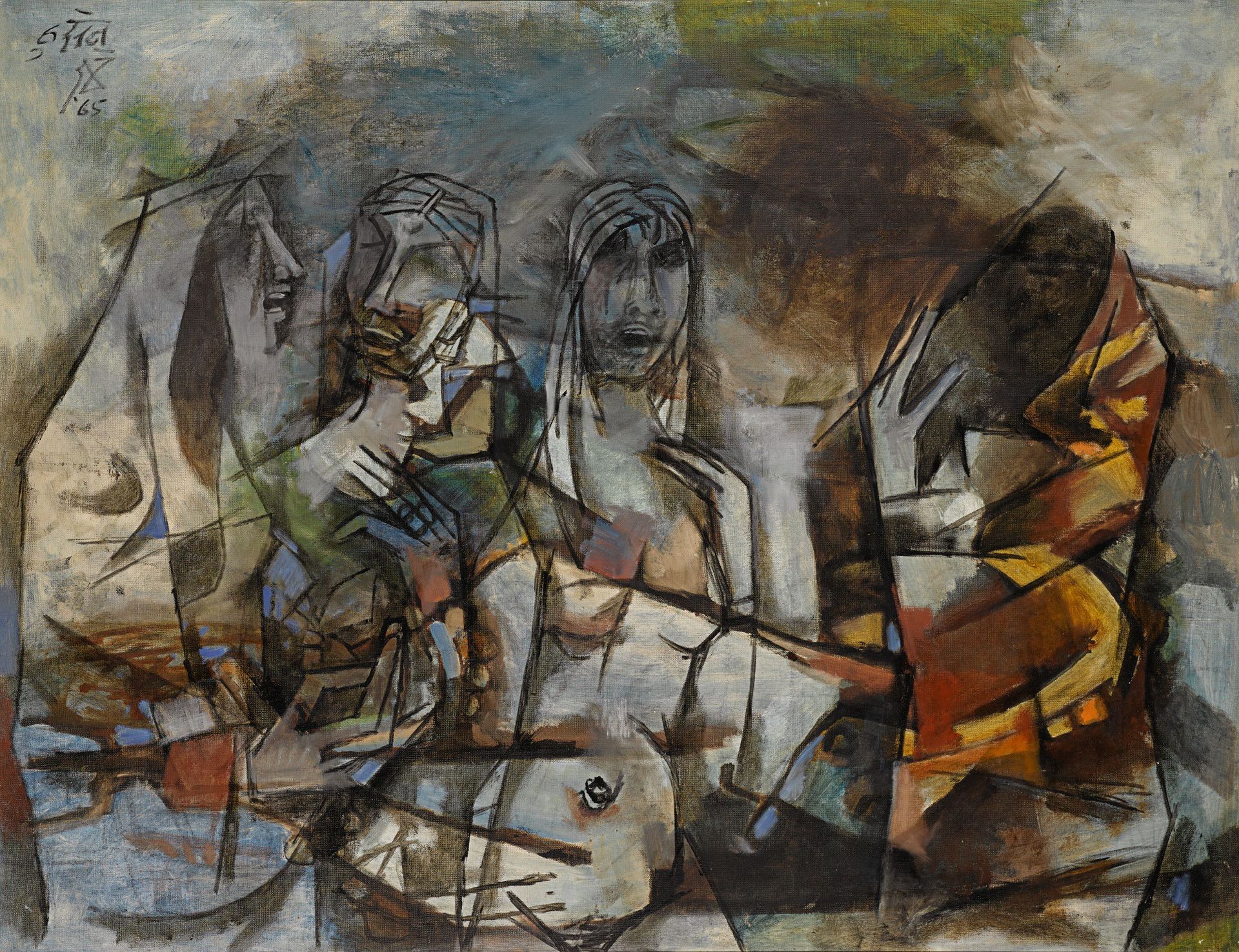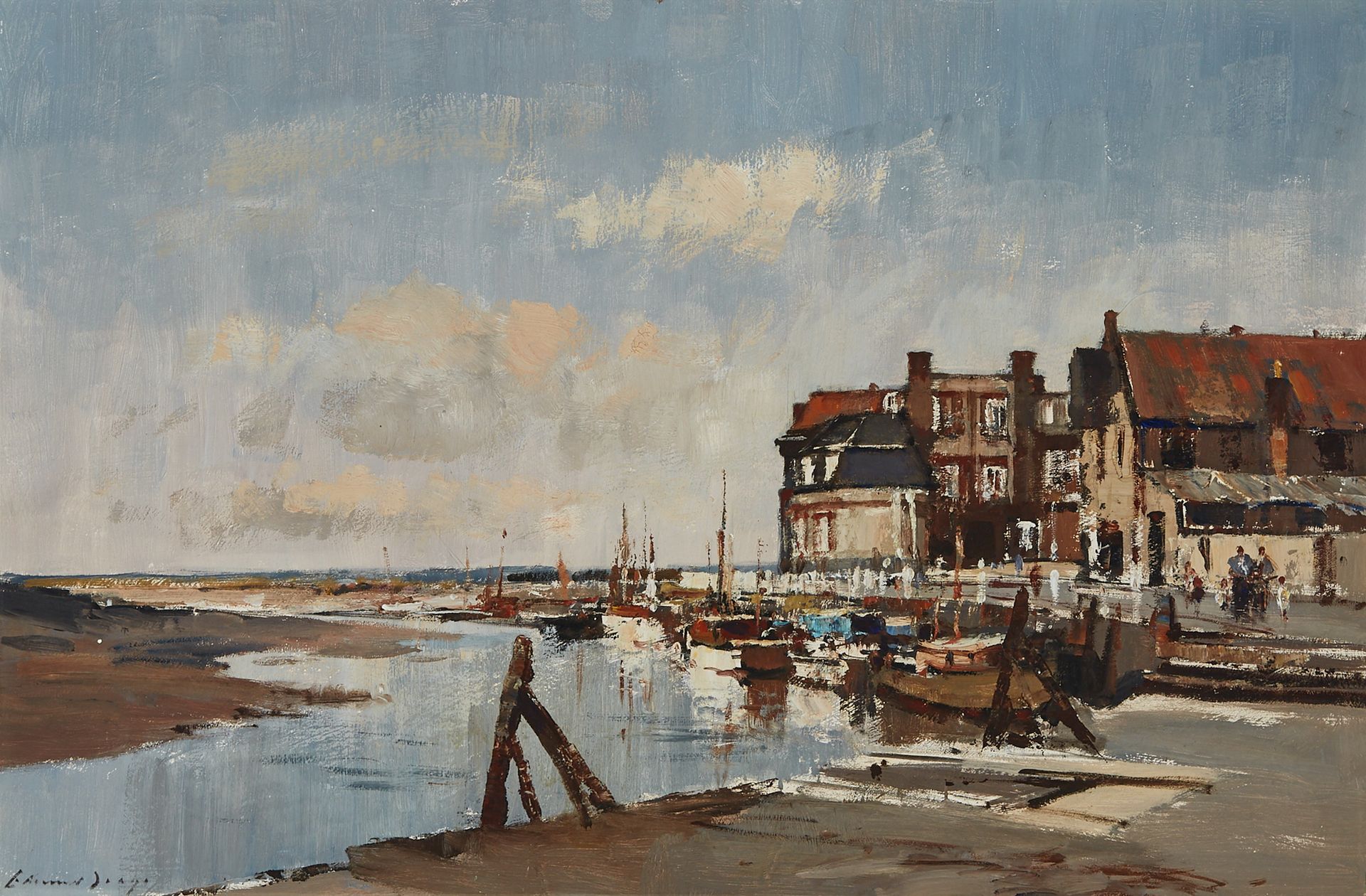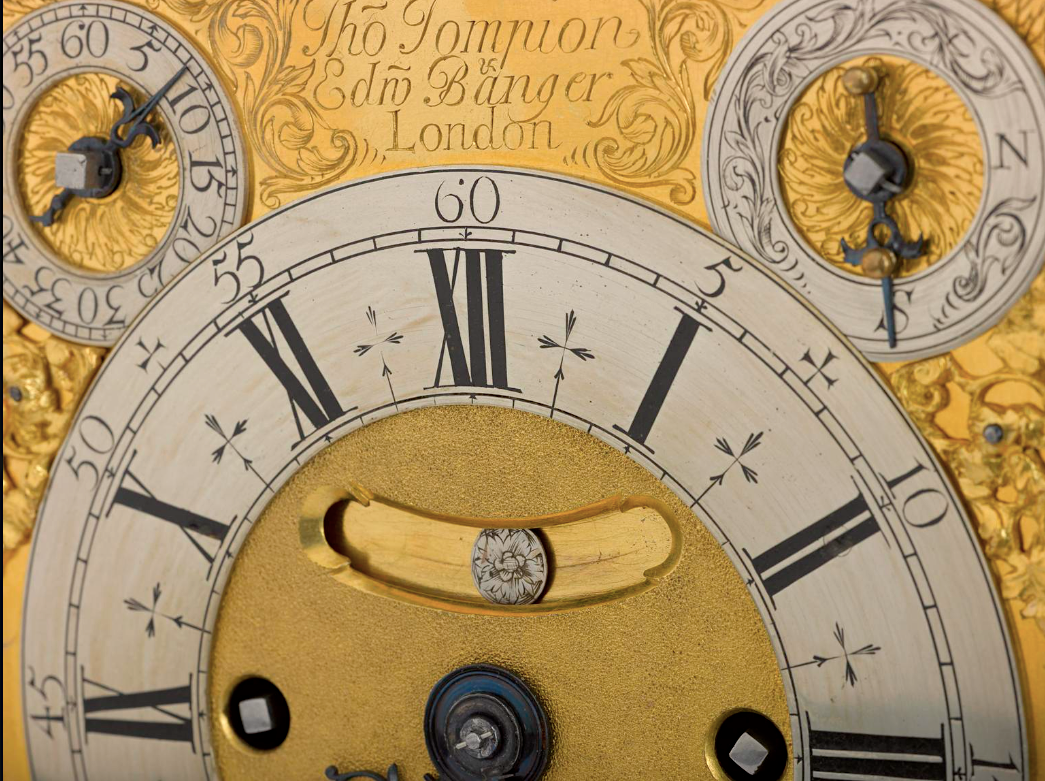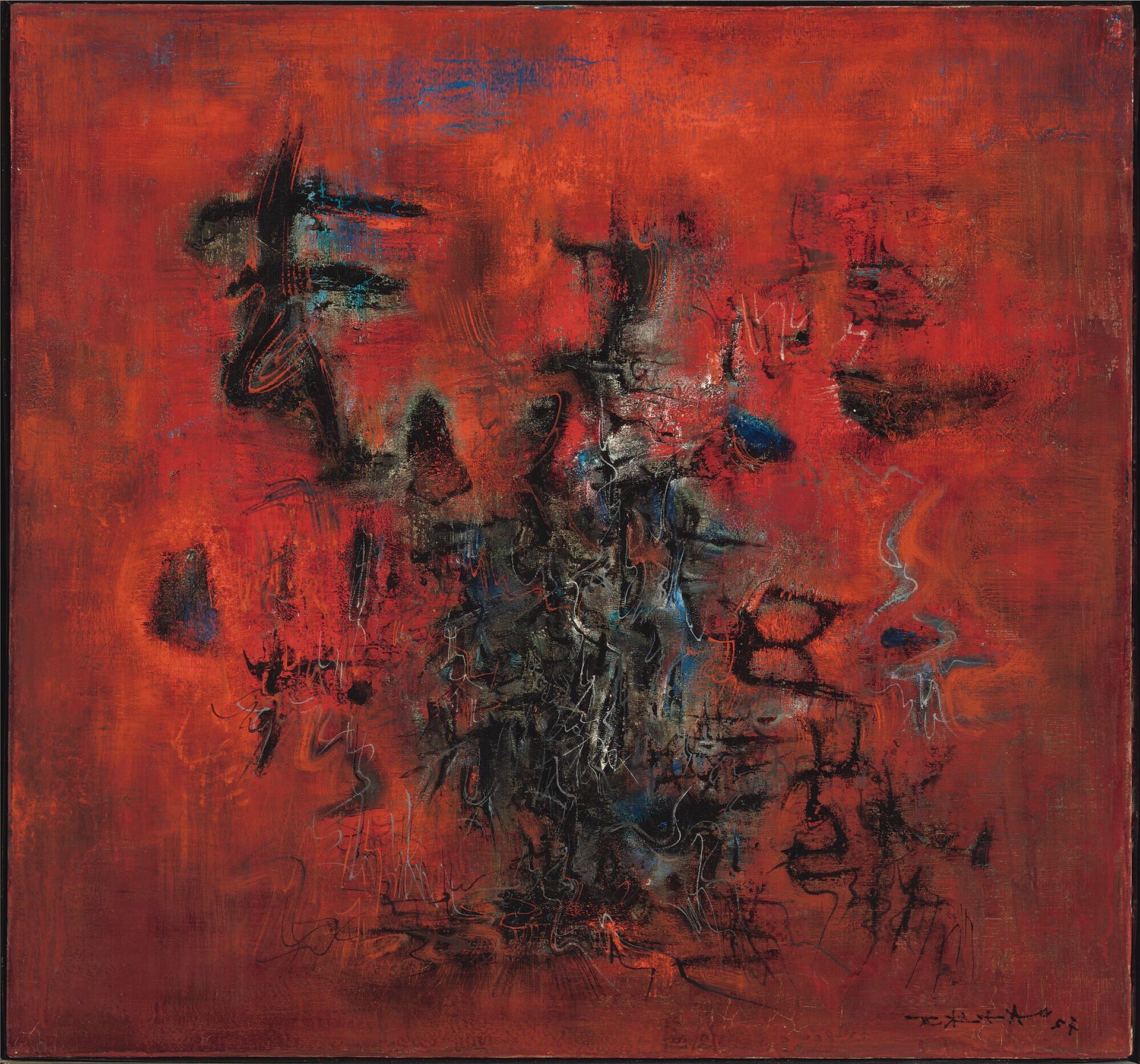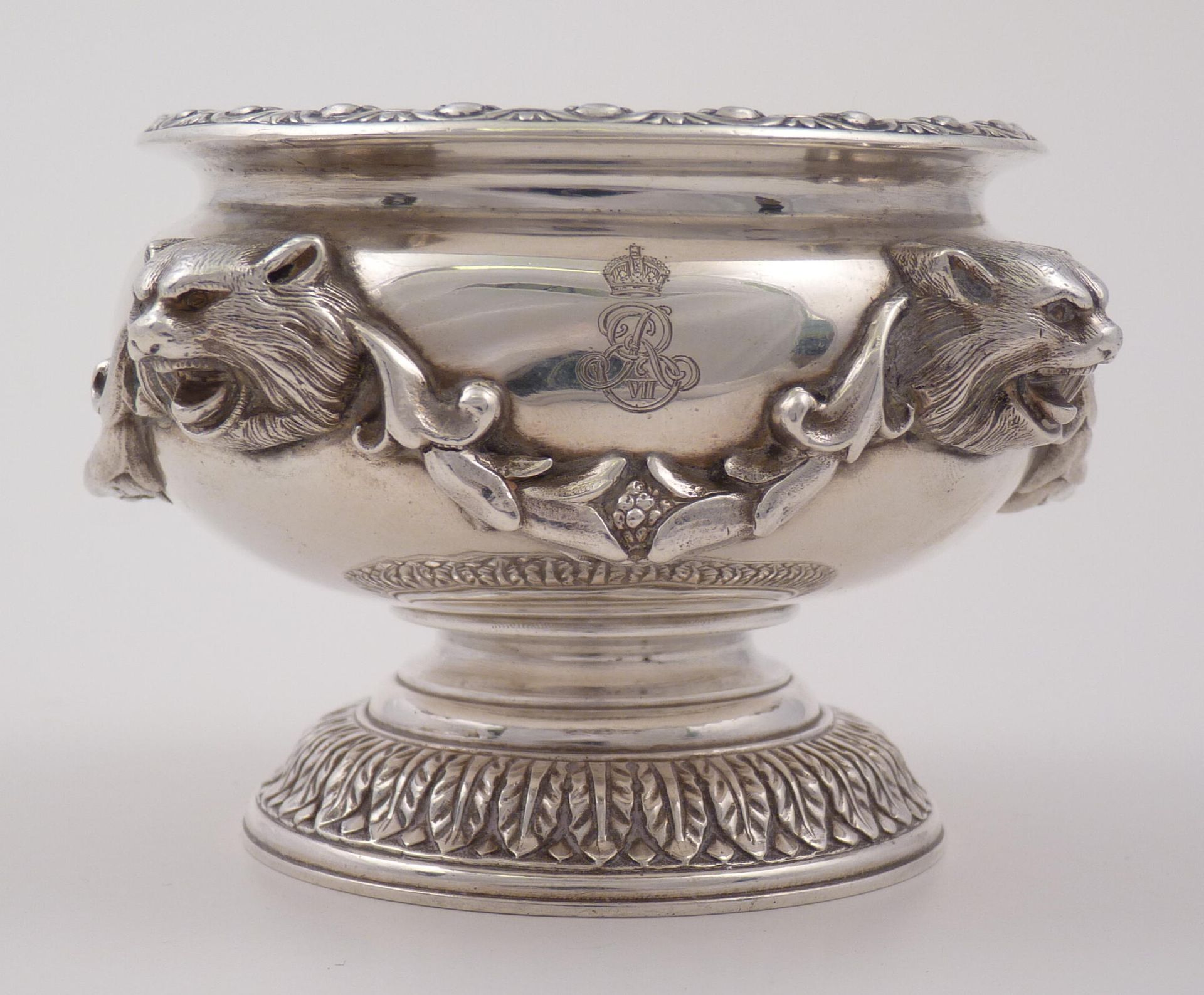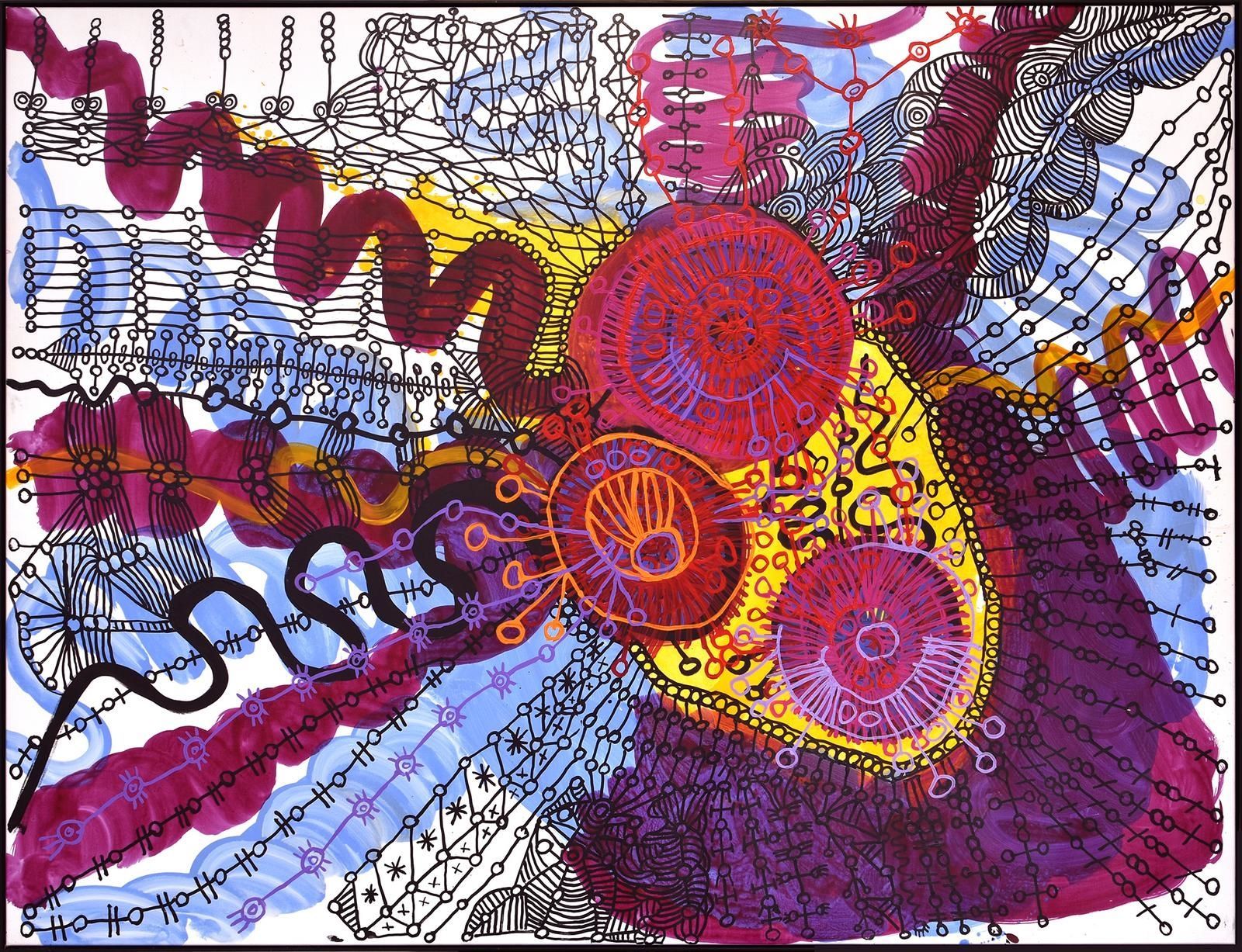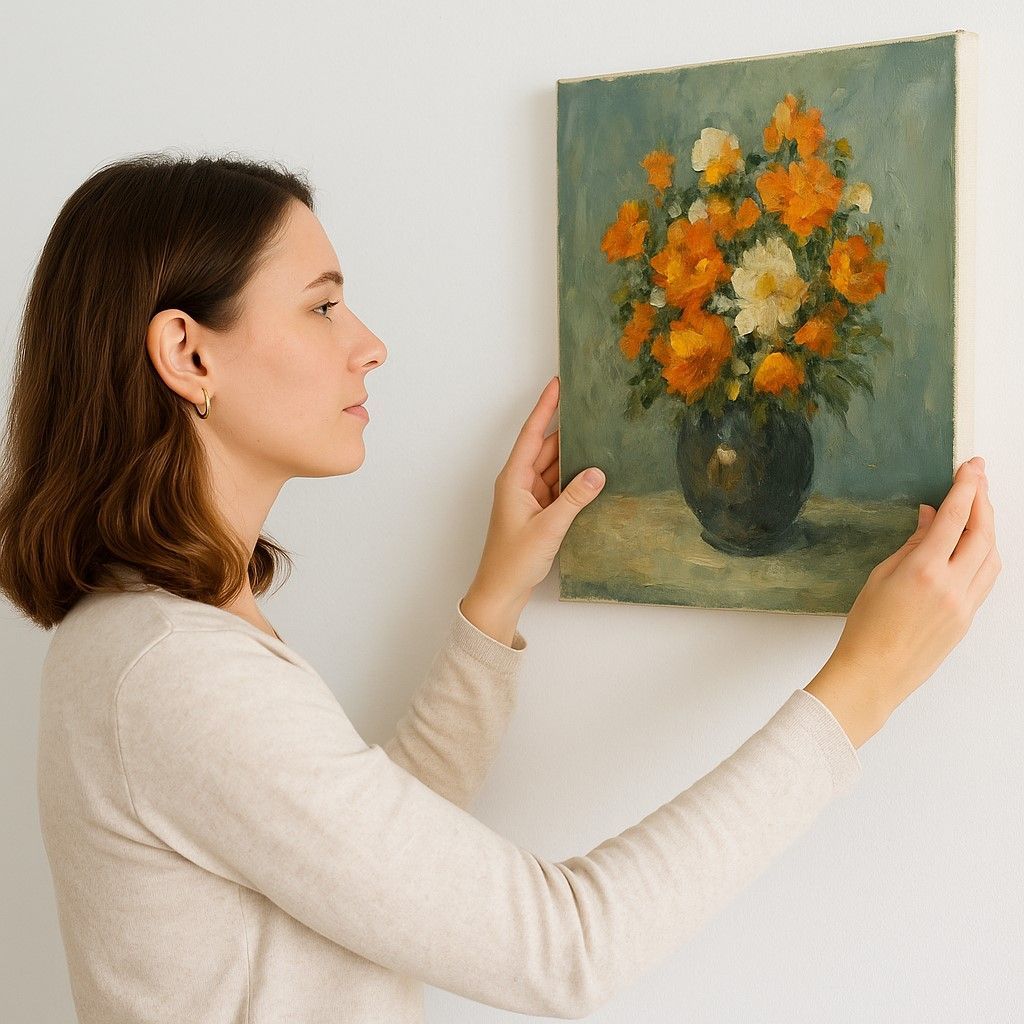Share post
Please enjoy this short article on Understanding how Time Flies by Debra Stanislawski at Quastel Associates;
From Rip Van Winkle to Alice in Wonderland to Back to the Future, time and time travel have captivated the imaginations of many storytellers. Clockmakers were the ones who brought the unimaginable to life. Dating back to the late 16th Century in England, foreign clockmakers were obliged to join guilds to ensure the quality and consistency of their work. In the 17th Century and to maintain the high calibre of the craft, the Clockmaker’s Company became a trade guild and was given a Royal Charter.
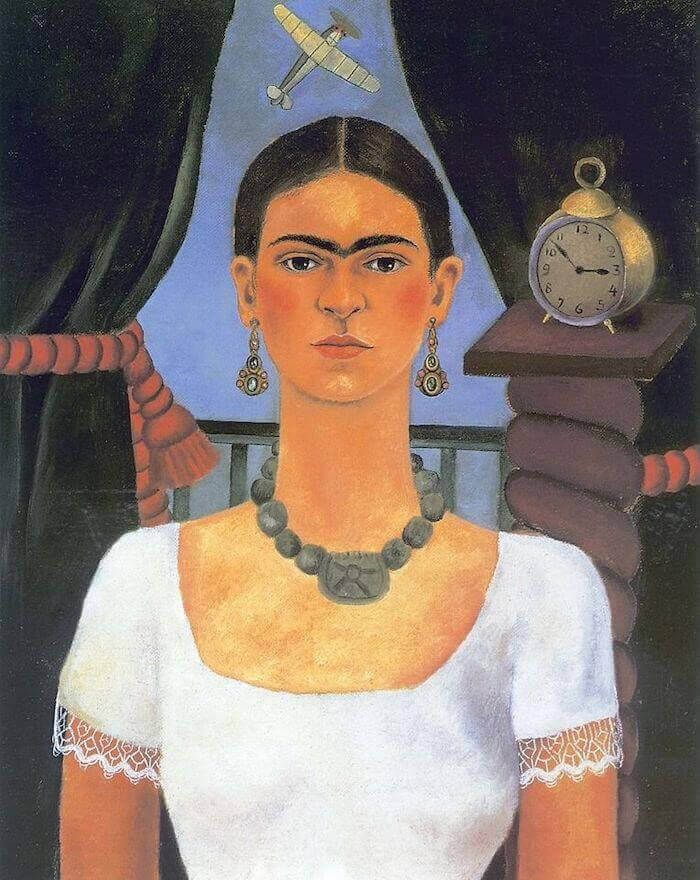
It may have been during this ‘Golden’ Age, that clocks made were at peak quality in London.
One might argue that this was a time like the present day in that the tradespeople who were the most knowledgeable of their craft were limited in number and similarly, so was their knowledge. This made the craft more limited and now, similarly, more desirable.
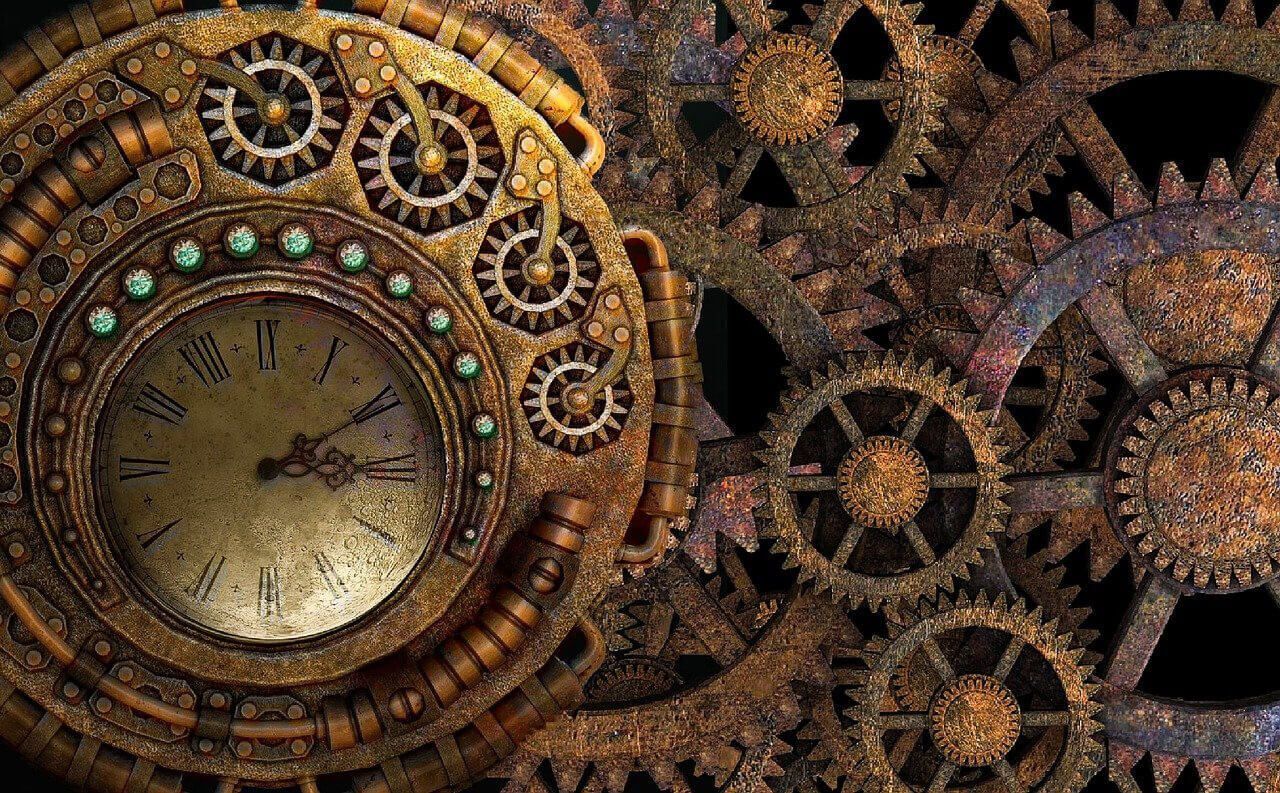
According to valuer, Daniel Edmonds, if one were to purchase a clock which would withstand the capriciousness of the valuation market, one may wish to “choose a clock from the 17th or 18th Century” as the quality of their carcasses (cases) were of a better quality.
A few of the most prominent clockmakers of the time include Thomas Tompion (1639–1713), whose work was unsurpassed and whose patrons included King William III; Joseph Knibb (1640–1711), the most accomplished of the notable Knibb family of clockmakers; and Daniel Quare (1647/8–1724).
After the Plague and the Great London Fire, the number of qualified clockmakers was even further reduced. Despite this reduction in skilled crafts people, science increased demand for clocks and watches especially post-pendulum and spring development, respectively. It was also at this time that sailors used time to determine their location, an incredibly necessary tool. At noon, they would assess where the sun was located compared with the horizon to find out their north south latitude.
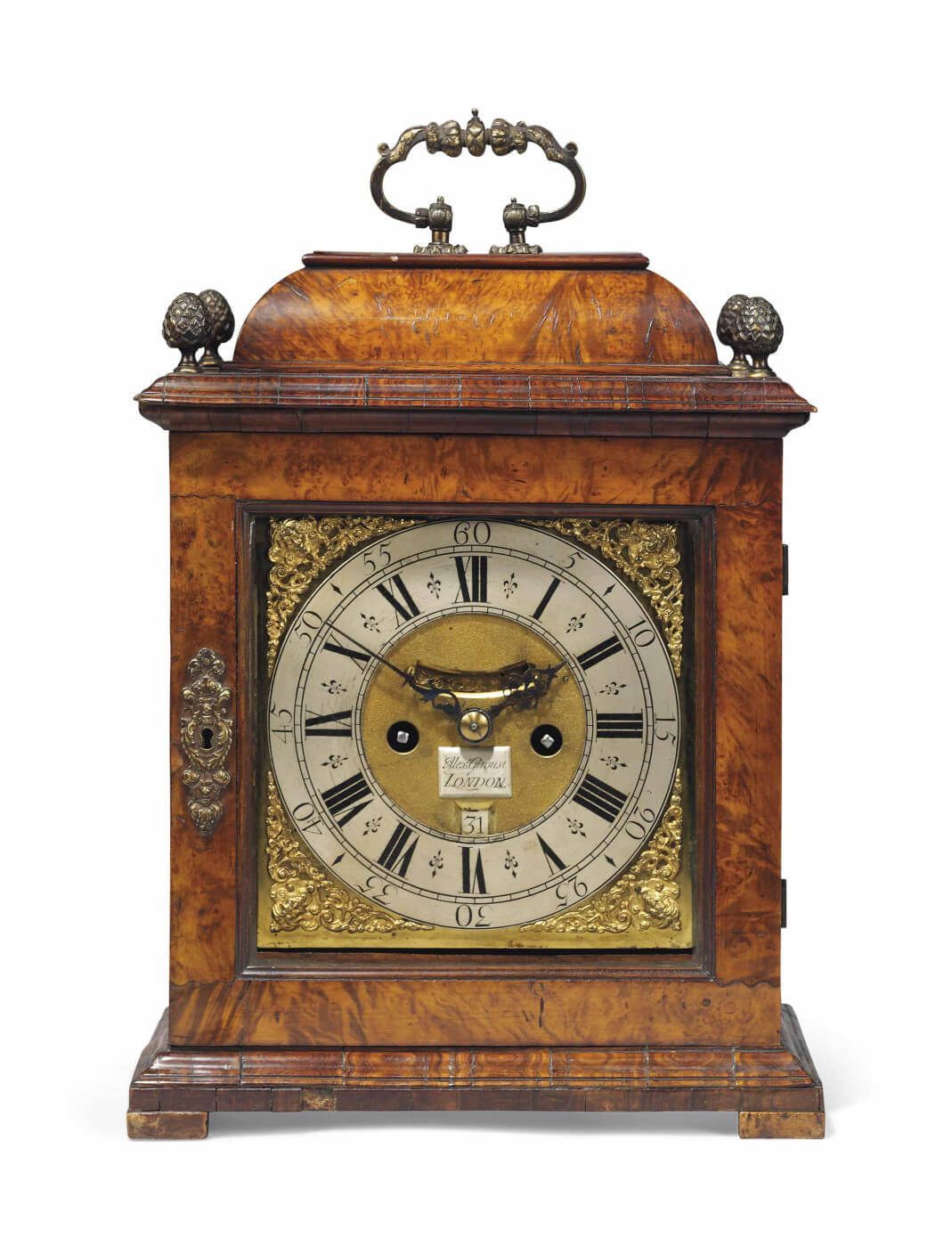
Mark Smith, Quastel Associates’ Managing Director and Daniel Edmonds, specialist fine art and antiques valuer collaborate in their respective areas of expertise to provide clients with an extraordinary service and solutions to issues of concern. They both agree that longcase (grandmother and grandfather clocks) have fallen out of favour with the markets due to their size and the difficulty in finding suitable spaces for them in homes. Consequently, their value has depreciated.
Nonetheless, other types of clocks do still retain value and appreciate. Daniel Edmonds advises that most clients prefer to have mantle clocks or carriage clocks which are smaller and tend to fit with modern décor. He suggests that for mantle/table/bracket clocks, 30-day movement is better than 8-day movement so that they do not have to be wound every week. He also states that “like furniture, originality is key. Additionally, when determining which clock to choose, make sure it is not overly restored. Check to ensure the clock is original to the carcass as carcasses were made specific to the clock.”
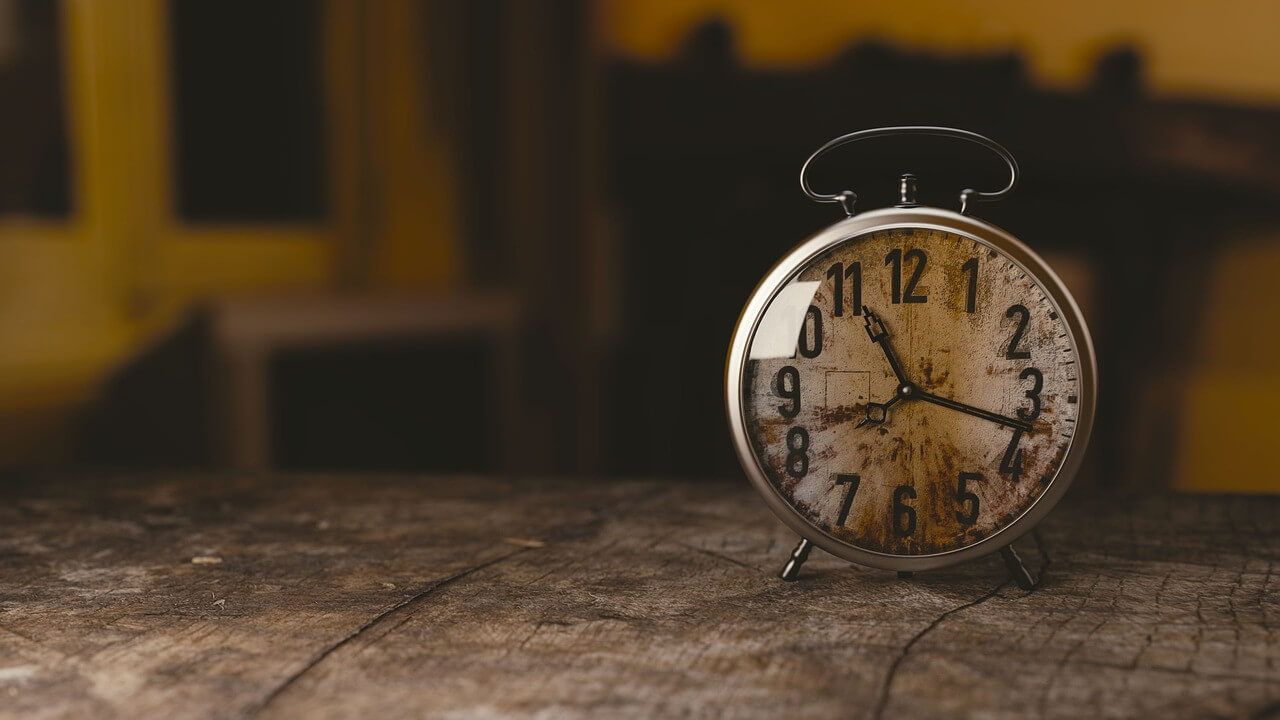
Also of note, carriage clocks were not only travelling timepieces but may also be considered the forerunners to the alarm clock with their chimes. Furthermore, Daniel Edmonds recommends that ‘‘If you’re a clock collector, originality and rarity are imperative and whilst everyone would appreciate having a clock worth a quarter of a million by one of the top clock makers, everyone needs to work within their budgets.”
Should you require a valuation for your fine art, antiques or jewellery, please contact us.

